Researchers propose #UN goal to curb space #debris .
Countries must unite to include space stewardship in the United Nations’ sustainable development goals to address an escalating threat of orbital debris, an international group of scientists and other experts warned Jan. 9.
The group, including researchers from universities and #NASA, said adding space sustainability to the 17 Sustainable Development Goals (SDGs) the UN adopted in 2015 would provide a framework for mitigating orbital debris while fostering global collaboration and accountability.
Existing SDGs range from ending poverty and hunger to combating climate change and protecting biodiversity. Most SDGs have targets for 2030; however, progress has been uneven, with nearly half showing minimal or moderate advancement, according to the UN, amid challenges such as COVID-19, geopolitical tensions, and climate disasters.
Still, with over 100 nations now involved in space activities and nearly 20,000 satellites launched since the 1950s, the group emphasized the need for urgent action to prevent irreparable harm to this vital environment.
Earth’s orbit currently supports $469 billion of human activity annually, the group noted in a report published in the journal One Earth, underpinning critical services like navigation, communications, and ecosystem monitoring. The rapid increase in satellite deployments raises the risk of cascading collisions, known as the Kessler Syndrome, which could render entire orbital regions unusable.
Co-author Melissa Quinn, general manager of international business at California-based space tracking and analytics company Slingshot Aerospace, said its data showed a 17% year-over-year increase in 2024 in the average number of close approaches per satellite in low Earth orbit.
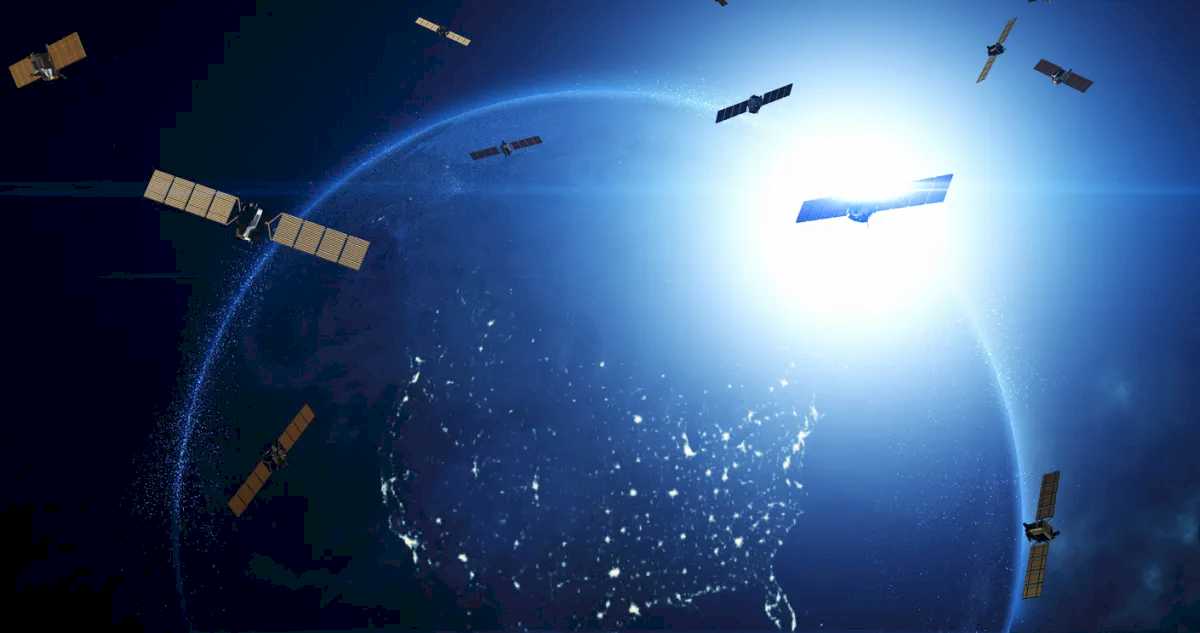




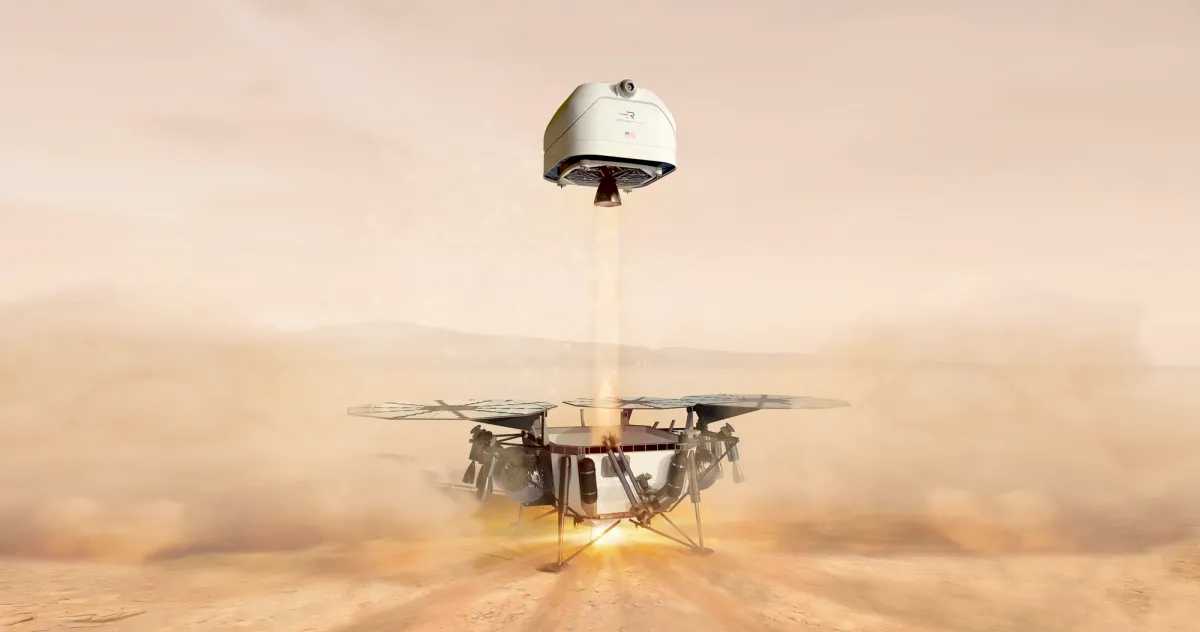
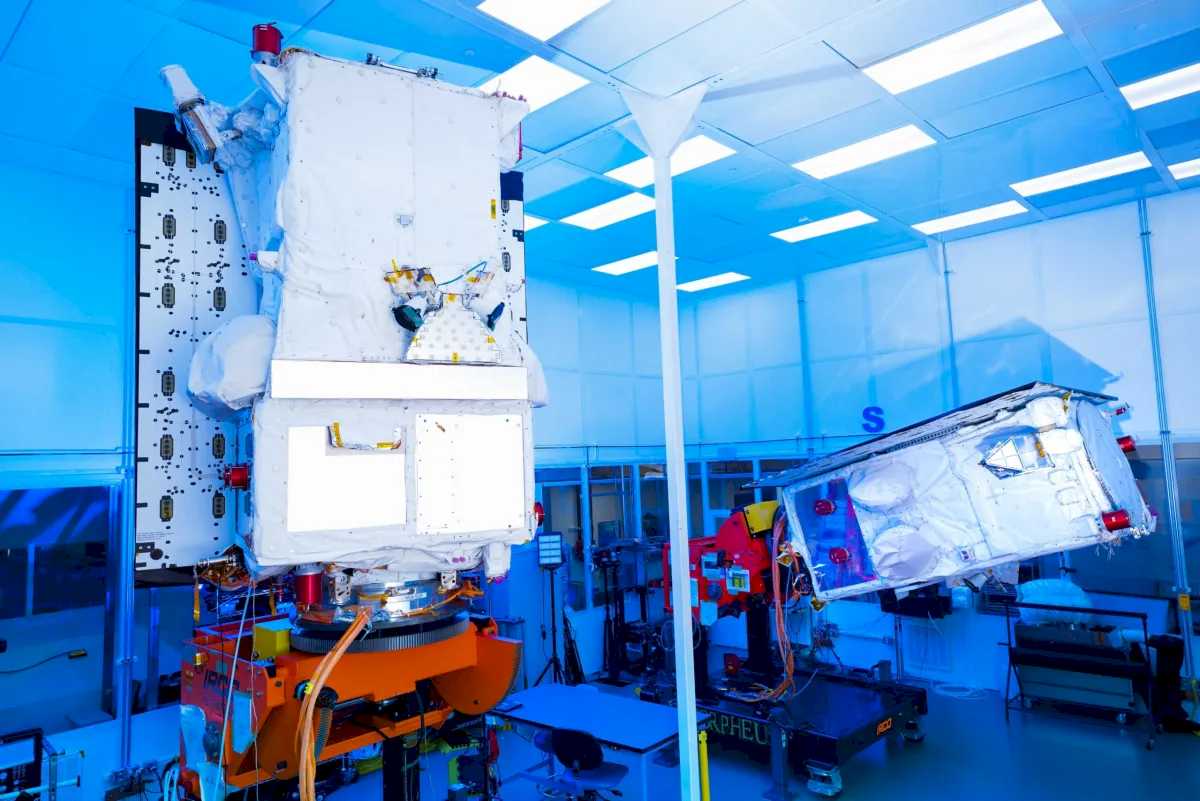
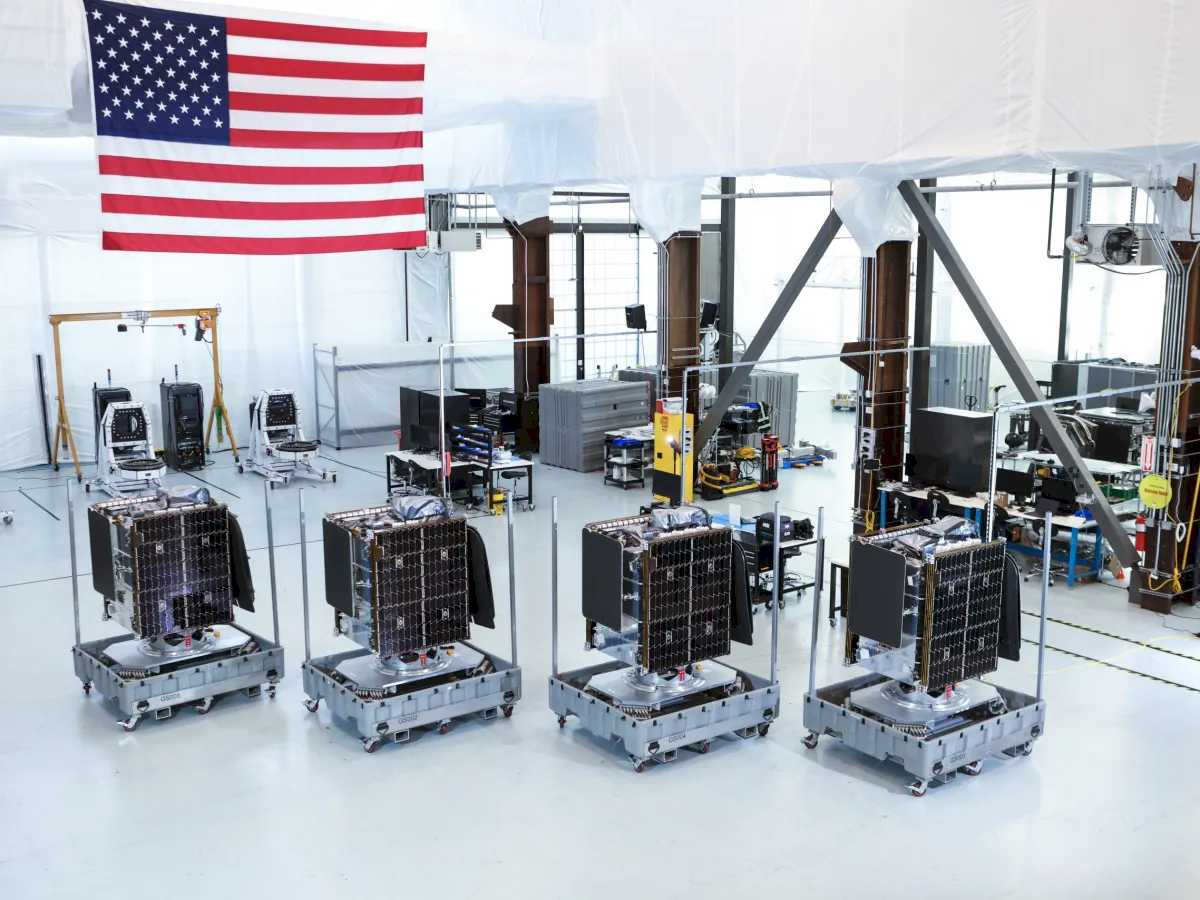





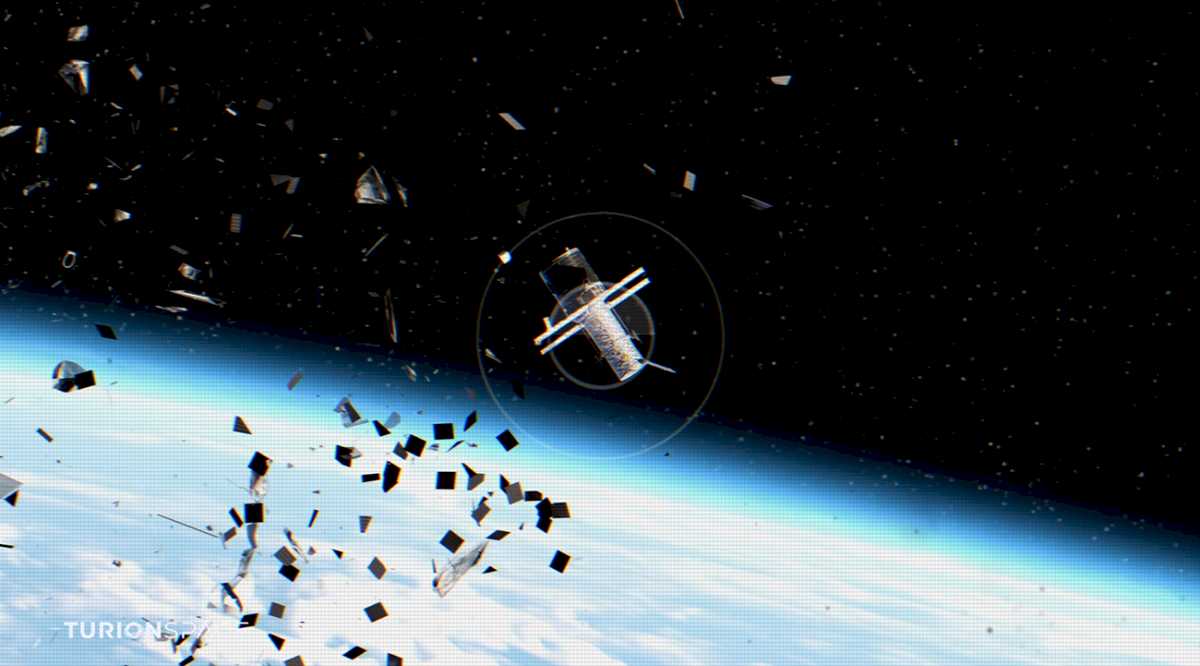



Space news on Umojja.com